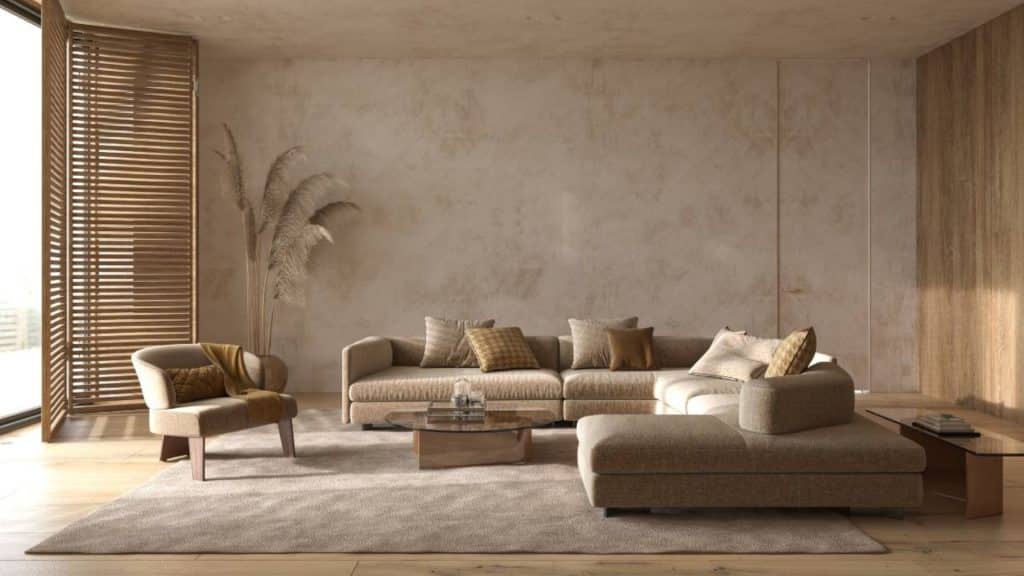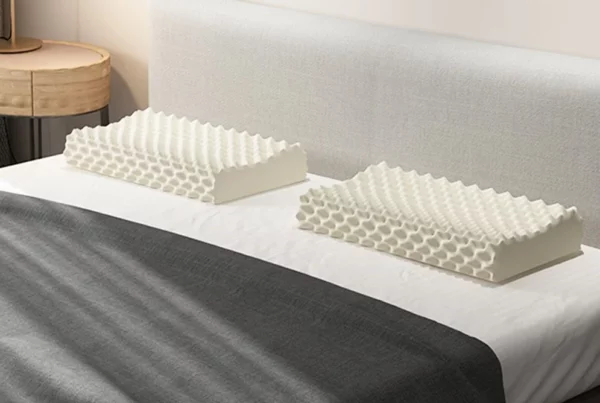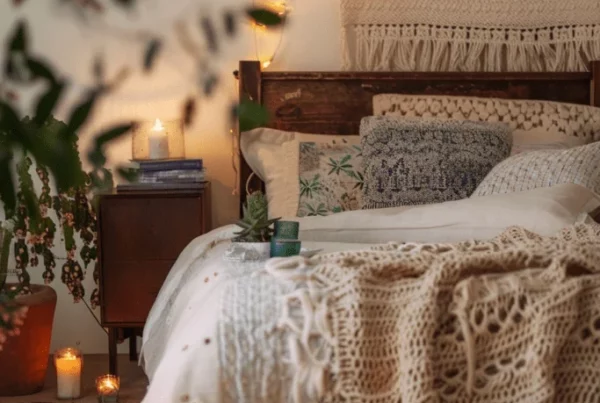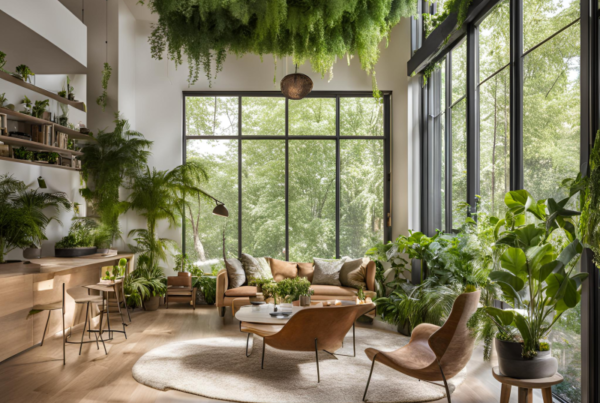Japandi Style in Interiors: What Are Its Characteristics?
The Japandi style is a popular interior design trend that combines elements of Japanese and Scandinavian design. This aesthetic creates a serene, minimalist, and inviting atmosphere. By blending the simplicity of Japanese design with the warmth and functionality of Scandinavian style, Japandi interiors offer a unique and harmonious living space.
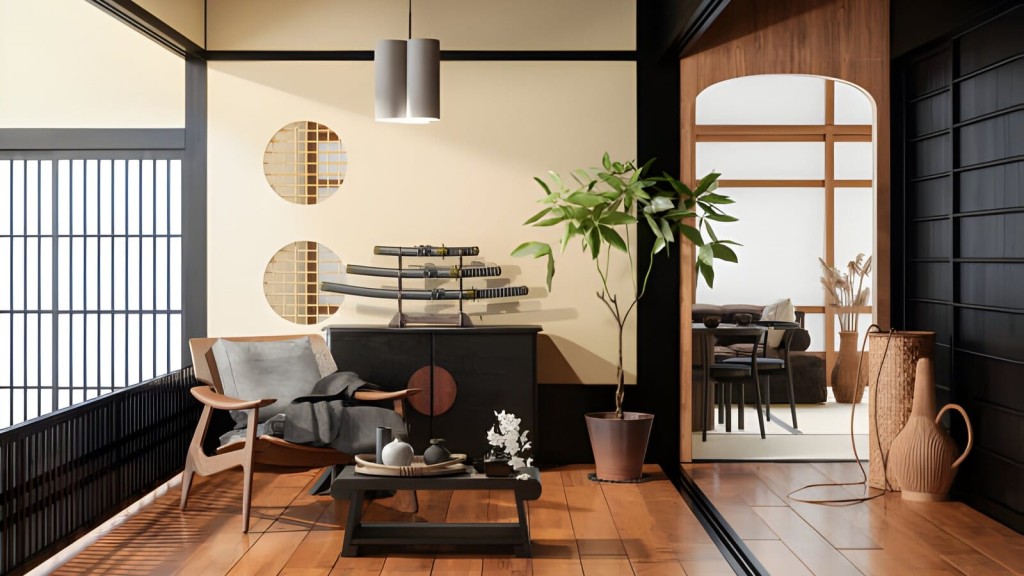
Key Characteristics of Japandi Style
- Minimalism: The Japandi style emphasizes minimalism, with clean lines, uncluttered spaces, and a focus on essential elements.
- Natural Materials: Natural materials, such as wood, stone, and linen, are prominently used in Japandi interiors. These materials add warmth, texture, and a sense of authenticity.
- Neutral Color Palette: A neutral color palette, featuring shades of white, beige, gray, and black, is a hallmark of Japandi style. This creates a calming and serene atmosphere.
- Harmony and Balance: The Japandi style strives for harmony and balance in all aspects of the design. This includes the arrangement of furniture, the use of color, and the overall composition of the space.
- Functionality: Japandi design prioritizes functionality and practicality. Furniture and decor should be both beautiful and useful.
- Simplicity and Elegance: The Japandi style is characterized by its simplicity and elegance. Avoid clutter and excessive ornamentation.
- Light and Airiness: Japandi interiors are typically bright and airy, with ample natural light. Large windows and minimal obstructions allow for a sense of openness and spaciousness.
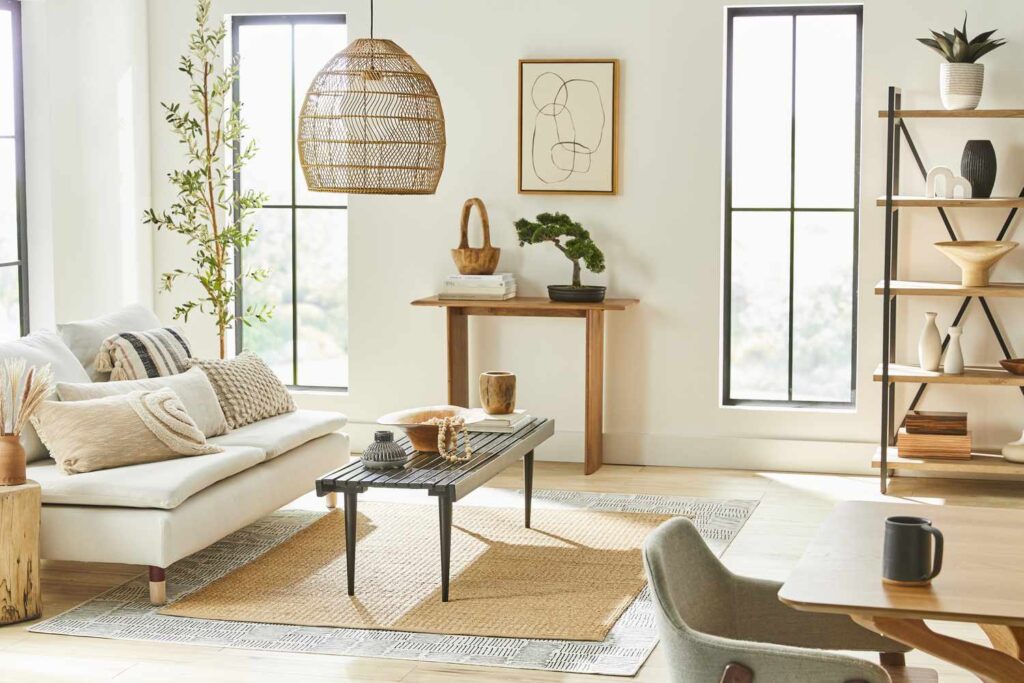
Living Room Design
- Minimalist Seating: Opt for simple, comfortable seating arrangements, such as a low-profile sofa or armchairs.
- Natural Materials: Incorporate natural materials like wood and linen into the living room furniture and decor.
- Neutral Color Palette: Use a neutral color palette to create a calming and serene atmosphere.
- Statement Piece: Add a statement piece, such as a large piece of art or a unique piece of furniture, to draw attention to the room.
Bedroom Design
- Minimalist Bedframe: Choose a simple and understated bedframe that complements the overall minimalist aesthetic.
- Natural Bedding: Opt for natural materials like linen or cotton for bedding to add warmth and texture.
- Minimalist Nightstands: Keep the nightstands minimal and clutter-free.
- Calming Colors: Use calming colors, such as soft blues or greens, to create a relaxing atmosphere.
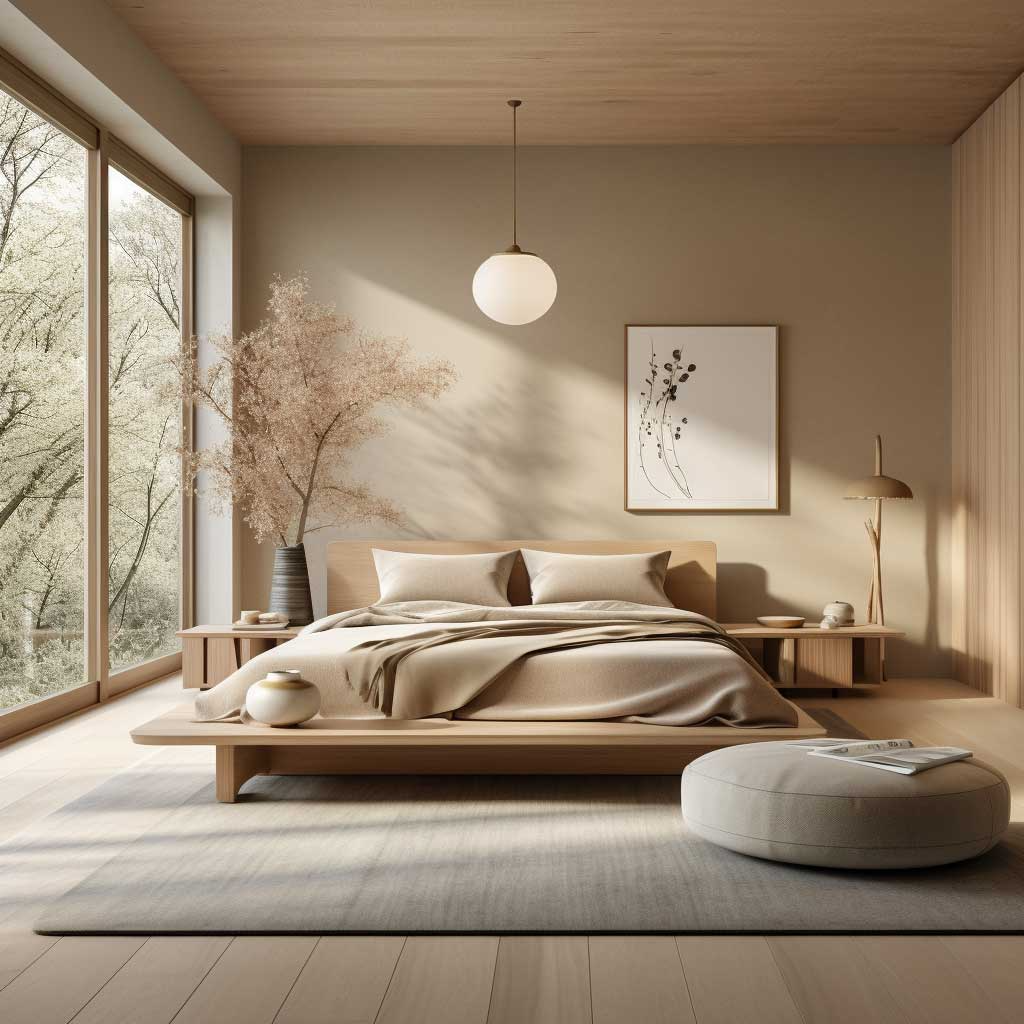
Dining Room Design
- Minimalist Dining Table: A simple, minimalist dining table is a key element of a Japandi dining room.
- Natural Materials: Choose chairs made from natural materials, such as wood or rattan.
- Minimalist Table Settings: Keep the table setting simple and elegant, avoiding clutter.
Kitchen Design
- Clean Lines and Minimalist Aesthetics: The Japandi kitchen is characterized by clean lines and a minimalist aesthetic. Avoid clutter and unnecessary appliances.
- Natural Materials: Incorporate natural materials like wood and stone into the kitchen design.
- Open Shelving: Open shelving can be used to display beautiful dishes and kitchenware while keeping the space clutter-free.
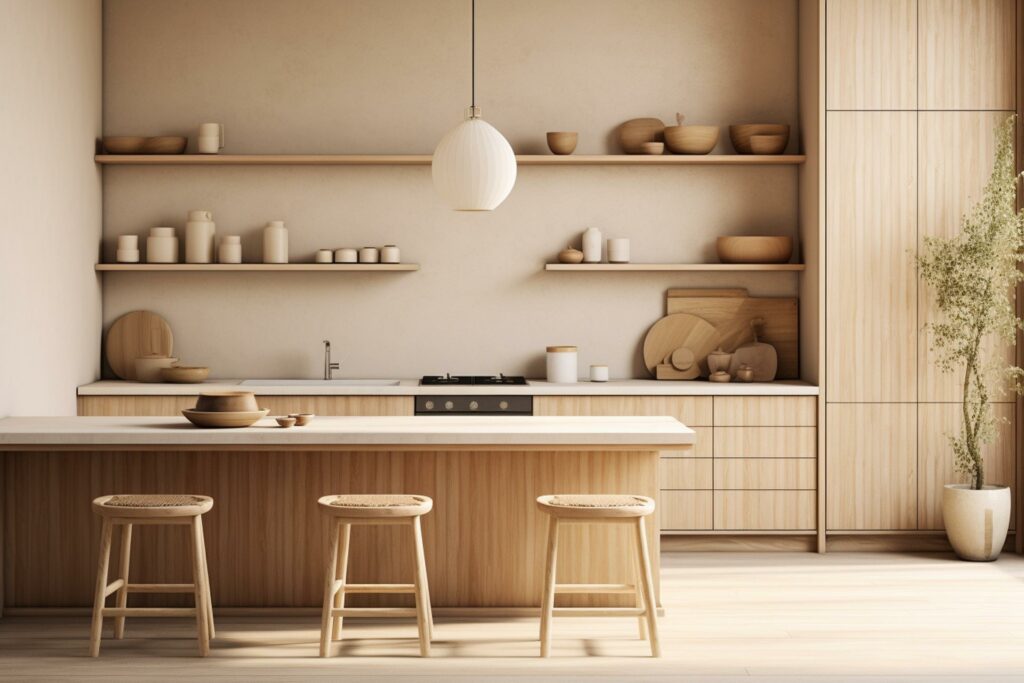
Bathroom Design
- Minimalist Fixtures: Choose minimalist fixtures with clean lines and a focus on functionality.
- Natural Materials: Incorporate natural materials like wood or stone into the bathroom design.
- Calming Colors: Use calming colors, such as soft blues or greens, to create a spa-like atmosphere.
Conclusion
The Japandi style offers a serene and inviting living space that is both functional and aesthetically pleasing. By incorporating the key elements of this style, you can create a home that is minimalist, harmonious, and full of natural beauty.


